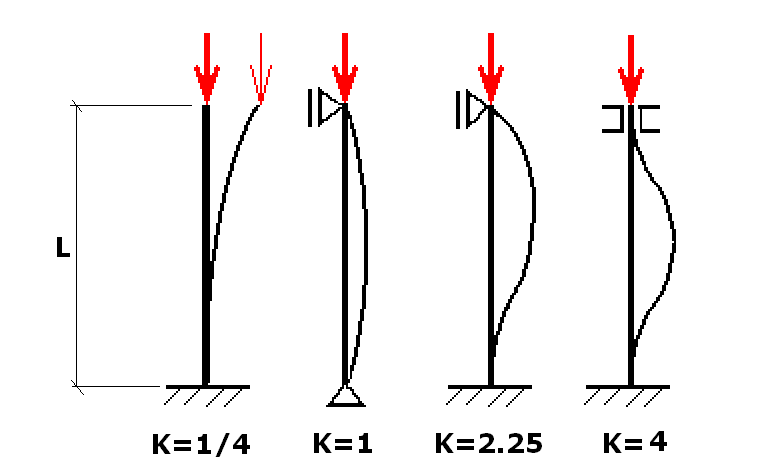Buckling is a failure mode in structural engineering where a member subjected to compressive forces suddenly deforms sideways, leading to a loss of stability and potential structural failure. This phenomenon occurs when the compressive load exceeds the member’s critical load, causing the timber element to bend or twist under pressure.
In timber engineering, especially for long-span structures such as beams, columns, and trusses, lateral buckling is a primary design consideration. Unlike shorter or more robust elements, long-span timber members are more susceptible to buckling due to their slenderness and extended lengths. Consequently, the design of these structures is driven not only by stress and deformation but also by the need to prevent lateral buckling, ensuring stability and safety.
To address the challenges of lateral buckling, it is necessary to incorporate extra bracing elements into the design. These bracing elements provide additional support and rigidity, effectively mitigating the risk of buckling and enhancing the overall structural integrity of the timber building.
At Ergodomus, we possess the expertise to design robust lateral systems that include strategic bracing solutions. Our thorough understanding of timber behavior and advanced structural analysis techniques allows us to create long-span timber structures that are both aesthetically pleasing and exceptionally stable under various loading conditions.
